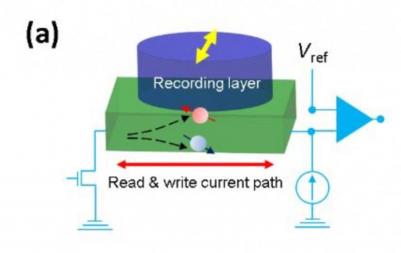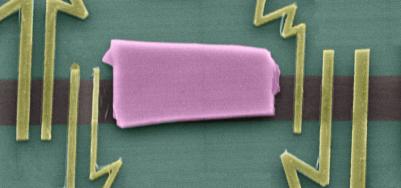New project receives Keck Foundation Award to advance spintronics applications
A team of researchers, led by University of Central Florida Pegasus Professor of Physics Enrique Del Barco, is working on a new project that aims to make electronics faster and more energy efficient. The work is funded by a new $1.3 million award from the W.M. Keck Foundation, and the team includes researchers from Carnegie Mellon University, New York University and University of California, Riverside.
Today’s electronics, from smartphones to electric cars, generate large amounts of heat as electrical currents flow through their components. This heat not only wastes energy but also damages devices over time. The researchers are addressing this issue by developing materials that allow electricity to move through devices without creating heat, potentially transforming how technology is built and powered.


